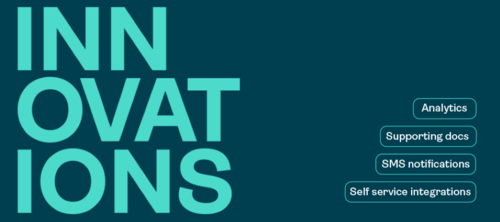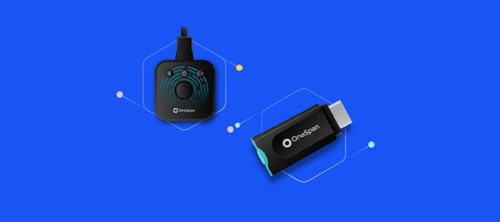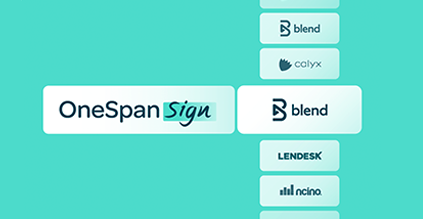Best Practices for Building YOUR Electronic Signature Workflow

Most people view e-signature technology secured with a digital signature as a means of capturing consent. But an e-signature solution actually has the functionality to streamline signing processes, ensure enforceability with audit trails, deliver document management, collect signature submissions in real-time, and more. In order to achieve these benefits, it has to be able to manage the entire e-signature workflow signing process. That includes the following steps.
Electronic Signature Document Workflow:
1. Give signers access to the documents;
2. Authenticate signers;
3. Present documents for review;
4. Capture data from participants at the time of signing;
5. Provide the ability to insert additional documents into the transaction;
6. Capture consent through the act of signing;
7. Deliver the signed documents to all parties.
Here are some insights into the electronic signature workflow steps in a typical electronic signature process, as taken from our latest white paper, Best Practices for Building Your E-Signature Workflow.
Step 1: Access
Once your electronic documents are ready to be e-signed, how will your signers access it? While many people assume that the entry point will be email, it is just as common to see direct integration scenarios where the e-signature process is integrated in a web or mobile application. The choice of access method depends on factors like: Is this a face-to-face or remote use case? If it is a remote use case, are your signers already online or not? And, will you integrate e-signatures with another web application or portal, or do you need an integration-free solution?
The options include:
- Email invitation
- Inviting signers to login to a web portal or web app
- Using a link embedded in any native or third-party application, or mobile app
- Using a QR code or shortened URL on a printed document
- Having a representative initiate the signing process through an enterprise application portal or dashboard
Step 2: Authentication
When the signer arrives at the e-signature welcome page, how will they prove their identity in order to securely enter the e-sign session? The options you choose will depend on the type of transaction, the risk involved, and whether you are dealing with a new or existing customer.
With existing customers, best practice is to use credentials that your organization has already issued. The authentication method will be different if you are transacting with new customers. There are many different ways to identify a first-time customer. The choice of identification method will depend on the risk profile of your process. The options include email authentication, dynamic knowledge based authentication (KBA), SMS authentication, smart cards and more.
Step 3: Present the documents
Next, determine how you will present digital documents to signers so they can read them before signing. Best practice is to have the electronic signature solution present documents through a web browser. If the signer needs nothing more than a browser then he or she won’t have to download any new software, which eliminates the risk of software incompatibilities. You can always print out copies if it’s easier for signers to review documents on paper, but document presentment on-screen needs to be built into the process.
Step 4: Forms/data capture
As part of the signing process, you can add data fields in addition to signature fields to the document for signers to fill in. While most e-sign transactions begin at the point when a final document is created (forms data is captured as part of an e-app or other core application and merged with a document template) there are processes where you need the ability to capture data at the time of signing. You want the signature platform to be able to support that.
Step 5: Document upload/update
In certain business processes, you or your customers may need to add docs to a transaction. This is common in insurance, where an insurance carrier’s agents often have their own documents to add to a new business application process. Once the agent has received the document from the customer, he or she should be able to upload a scanned version to the e-signature service and insert it into the transaction.
Step 6: E-Sign
This is the step in the workflow that people most often think about when they imagine e-signatures – the "clicking" to sign. It is a very important step in the process, since this is the moment that you are capturing intent and consent. But once again there are different ways to accomplish this, including:
- Click to sign/click to initial: Via browser on a PC, laptop or mobile device, it is common to use a simple "click-to-sign" button.
- Digitized handwritten signature capture: If a touchscreen device is available, then cursive signature capture can be used.
- Smartcard signing: Federal government personnel and contractors routinely e-sign forms and documents using a digital certificate that is stored on their Common Access Card (CAC) or PIV smartcard.
Step 7: Deliver the e-signed documents
Once all documents have been e-signed, you will need to offer secure electronic copies for download or send securely printed copies through the mail. As with the authentication step, this can be done through automation in the e-signature solution or through another enterprise system such as a customer communications management (CCM) platform. Depending on the use case, it may make sense to offer electronic or print copies of the signed records, or give customers the choice.









